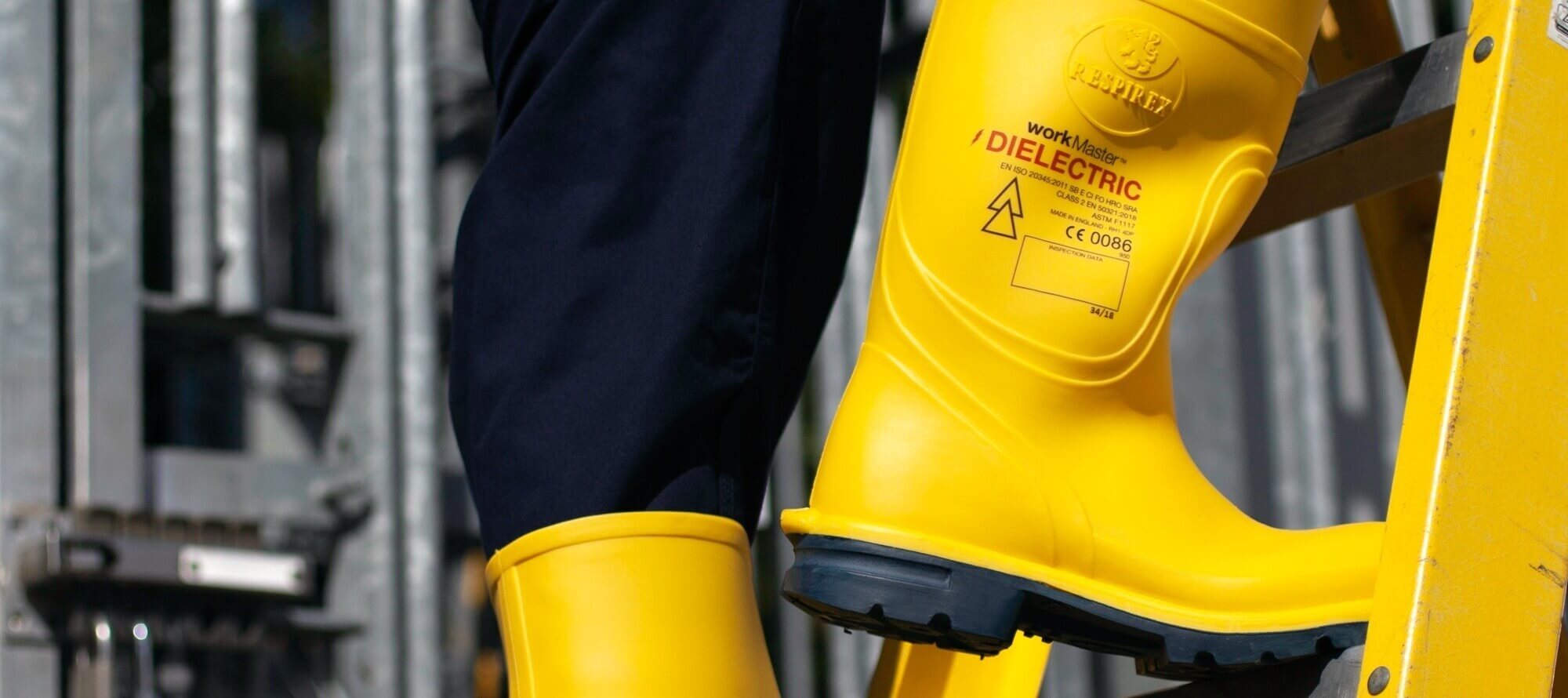Interpreting permeation test results
All permeation tests were conducted with pure chemicals under laboratory controlled conditions on materials only and are not intended to indicate the duration of “safe wear time” for a garment.
A normalised breakthrough time of >480 minutes indicates that the permeation rate did not reach the defined rate of 1.0μg/(min.cm2) (EN374-3:2003). Permeation however may still have occurred at lower rates; and depending on the chemical toxicity, it is possible that a chemical may be permeating the material and a level of toxicity reached within a protective clothing garment long before the reportable breakthrough of 480 minutes. Breakthrough time alone therefore is only a means of comparing different material performances and does not indicate safe protection for up to the number of minutes reported.
The “safe wear time” of a protective clothing garment depends on a number of factors such as:
- Temperature
- Type of exposure
- Toxicity of chemical
The determination of suitability of a garment for an application should be based on end user risk assessment.

